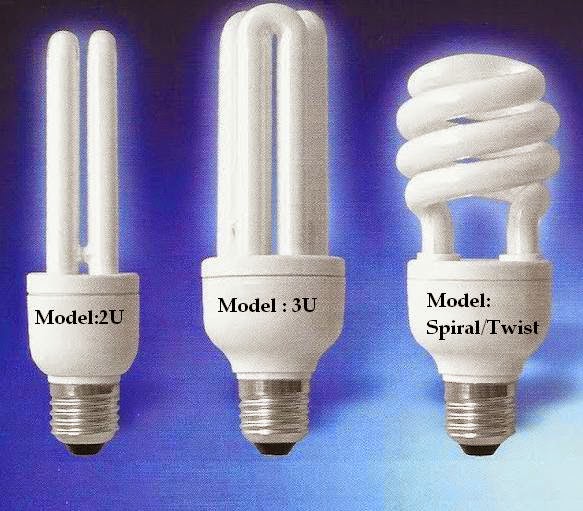Workings And Functions Of LED (Light Emitting Diode) In Electronic Circuit - Light
Emitting Diode or LED is often abbreviated with electronic components
that can emit monochromatic light when a given voltage. LED is a family of diodes made of semiconductor construction. The colors of light emitted by the LED depends on the type of semiconductor material used. LEDs can emit infrared light that is not visible to the eye that can
be used as an infrared sensor as found on the Remote Control Remote
Control TV or other electronic devices.
 |
| LED (Light Emitting Diode) In Electronic Circuit |
LED shape similar to a small incandescent lamp and can be easily paired with the electronic device. In contrast with Incandescent Lamp, LED does not require burning filament so as not to cause heat to produce light. Therefore, the current LED (Light Emitting Diode) which is small has
been widely used as a torch light in LCD TV to replace the lamp tube and
is also widely used in digital techniques.
Workings of LED (Light Emitting Diode) in electronic circuit is similar to the diode which has two poles, namely poles Positive (P) and the negative pole (N). LEDs will only emit light when energized the forward voltage of the anode toward the cathode.
 |
| Symbol And Polarity Of LED (Light Emitting Diode) In Electronic Circuit |
LED
consists of a semiconductor chip in doping thus creating a junction P
and N. When the LED forward voltage is fed from the anode (P) to the
cathode (K), excess electrons in the N-type material will move to areas
that excess Hole area positively charged (P-type material). When electrons meet with Hole will release photons and emits monochromatic light (single color).
Here are a few to apply LEDs in everyday life:
Here are a few to apply LEDs in everyday life:
- Lamp Illumination.
- Street Lighting Lamps.
- Advertising boards (Advertising).
- Backlight LCD (TV, Mobile Display, Monitor).
- Interior and Exterior Lighting Decoration.
- Indicator Lights.
- Infrared transmitter on the Remote Control (TV, AC, AV Player)











